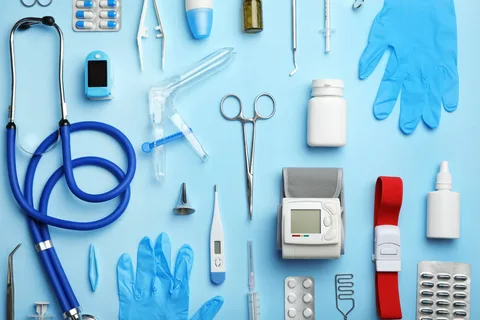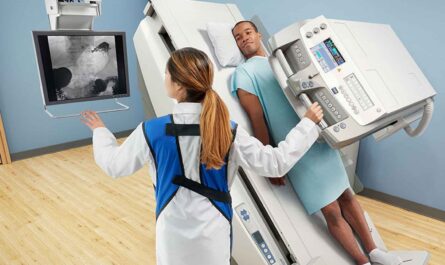The healthcare sector has witnessed drastic changes in the past few decades. With advancements in science and technology, new treatment options have emerged that improve patient outcomes. One such area that has shown tremendous promise is drug device combination products. These innovative products combine drug and medical device technologies to provide more effective treatments. In this article, we will explore drug-device combination products in detail and discuss their potential to transform patient care.
What are drug-device combination products?
Drug Device Combination Products often abbreviated as combination products, are medical products that combine drugs and medical devices. The drug and device components of such products work together to achieve the intended therapeutic or diagnostic effect. Some key characteristics of combination products include:
The drug and device components are packaged together into a single product. For example, an asthma inhaler contains a drug formulation and the inhaler mechanism.
The drug and device have been formulated and designed to work together for a combined clinical effect. The drug alone or device alone cannot achieve the intended use.
Combination products are regulated as a single integrated product based on their primary mode of action. Their evaluation involves assessing the drug and device components as well as their combined functionality.
Popular types of combination products include drug-coated stents, auto-injectors, drug-eluting contact lenses, transdermal drug delivery patches, etc.
Recent Advancements in Combination Products
Over the past decade, significant strides have been made in the development of novel combination products. Here are some major advancements that have expanded treatment options:
– Smart Inhalers: Combination inhalers integrated with sensors and connectivity capabilities provide digital monitoring of medication use patterns. This helps optimize therapy.
– Auto-Injectors: User-friendly auto-injector devices have improved adherence for emergency drugs like epinephrine. Wearable forms are being researched.
– Implantable Drug Infusion Pumps: Miniaturized, refillable pumps have enabled outpatient care for conditions like cancer requiring long-term drug infusions.
– Drug Eluting Stents: Stents coated with antiproliferative drugs helped reduce restenosis rates post-angioplasty. Bioabsorbable and dissolvable versions are in trials.
– Catheter Systems: Infusion catheters and valved catheters enable local drug delivery during minimally invasive surgeries and localized therapies.
– 3D Printed Drug Products: 3D printing is being harnessed to develop patient-matched drug-eluting implants and scaffolds with controlled dissolution profiles.
Potential to Revolutionize Healthcare
Combination products have immense potential to revolutionize various aspects of healthcare delivery, including:
– Enhanced Treatment Options: The ability to combine drugs and devices expands the arsenal of treatment modalities available. This allows for managing conditions in newer ways.
– Improved Clinical Outcomes: Well-designed combination products can ensure optimal delivery of drugs and help attain higher response rates and better disease control. Digital connectivity brings new opportunities.
– User Convenience and Compliance: Combining drug and delivery devices into one product enhances convenience. User-friendly features may boost compliance with therapies requiring complex dosing.
– Localized and Sustained Drug Delivery: Combination products enable administering drugs locally at disease sites or providing sustained levels over prolonged periods via injections, implants and infusions.
– Personalized Medicine: Combining identifiers, sensors and closed-loop control marries combination products with digital health to facilitate individualized, data-driven care customized for each patient.
– Cost Savings: Products integrating drug and devices can potentially lower overall costs by optimizing dose levels, reducing waste and improving health outcomes that minimize additional treatment needs.
Challenges and Way Forward
While combination products hold immense promise, their development and adoption face certain challenges:
high research and development costs associated with integrating drug and device technologies. Public-private partnerships may help defray these.
Interdisciplinary knowledge gaps still exist in understanding combination product development across domains of drug delivery, medical devices, digital technologies, etc. Concerted training initiatives are needed.
Reimbursement policies need evolution to adequately compensate value additions from combination products beyond any single component.
Overall, drug device combination products present a massive opportunity to revolutionize patient care if these challenges are addressed proactively. With coordinated multi-stakeholder efforts, the next decade holds promise to transform healthcare delivery through this innovative class of medical products.
*Note:
1. Source: Coherent Market Insights, Public sources, Desk research
2. We have leveraged AI tools to mine information and compile it



